Whether you’re a gym owner or a home fitness enthusiast, your workout routine depends on one crucial factor: the smooth functioning of your fitness equipment. Treadmills, ellipticals, stationary bikes, and strength machines take a beating with regular use. Over time, wear and tear can lead to malfunctions, safety issues, or complete breakdowns. That’s why fitness equipment repair is essential—not just for convenience, but also for your health and safety.
In this comprehensive guide, we’ll explore everything you need to know about fitness equipment repair, from common issues and DIY tips to the benefits of hiring professionals.
Why Fitness Equipment Repair Matters
Neglecting a squeaky treadmill or a loose cable might seem harmless at first, but ignoring these signs can lead to more severe damage. Here’s why timely repair is important:
- Safety First: Malfunctioning equipment can cause injuries.
- Prolonged Lifespan: Regular maintenance and repairs can extend the life of your machines.
- Cost-Efficiency: Fixing minor problems early helps avoid costly replacements.
- Better Performance: Smooth-running machines enhance your workout quality and results.
Common Fitness Equipment Issues
Understanding typical problems with fitness machines can help you identify when repair is necessary. Here are the most common issues:
1. Treadmills
- Belt slipping or skipping
- Motor making unusual noises
- Console not powering up
- Incline or speed control failure
2. Ellipticals
- Resistance not changing
- Squeaky or grinding noise
- Pedals feel unstable
- Display not working
3. Exercise Bikes
- Resistance system not working
- Wobbly frame or seat
- Console errors
- Pedals or crank arms loosening
4. Weight Machines
- Frayed cables
- Sticky pulleys
- Broken weight stacks
- Malfunctioning pins or locks
DIY Fitness Equipment Repair Tips
While some repairs require a professional, minor fixes can often be handled at home with a bit of knowledge and care:
1. Keep It Clean
Dust and sweat can corrode components. Regularly wipe down your equipment and vacuum around motors and belts.
2. Tighten Bolts and Screws
Loose hardware is a common issue that can affect stability and safety. Do monthly checks and tighten as needed.
3. Lubricate Moving Parts
Treadmill belts, elliptical joints, and bike chains need regular lubrication to reduce friction and wear.
4. Reset the Console
If your machine isn’t responding, try a hard reset. Unplug the device for 60 seconds before restarting.
5. Check Power Sources
Ensure the equipment is properly plugged in and outlets are functioning. Faulty power connections are often the culprit.
When to Call a Professional
Some problems are best left to experts, especially if they involve electrical components, motor issues, or internal damage. Call a certified fitness equipment technician when:
- You hear burning smells or see sparks
- The motor fails to start
- Belts are completely worn out or torn
- You experience electrical glitches or console malfunctions
Professional repair services offer diagnostics, part replacements, and safety inspections that can prevent further damage and ensure your equipment meets fitness standards.
Choosing the Right Fitness Equipment Repair Service
Not all repair services are equal. Here’s what to look for in a trusted provider:
- Experience and Certification: Look for technicians trained by brands like Life Fitness, Precor, or NordicTrack.
- Fast Turnaround: Choose a service that offers same-day or next-day repairs.
- Warranties: A reputable service will provide warranty on parts and labor.
- Mobile Repair Services: Convenient options where professionals come to your location.
- Positive Reviews: Check online testimonials and ratings before hiring.
Preventive Maintenance: The Smart Choice
The best way to reduce repairs is through consistent preventive maintenance. Many repair companies offer maintenance contracts for both home gyms and commercial fitness centers. These services typically include:
- Routine inspections
- Lubrication of belts and chains
- Calibration of electronics
- Safety checks
- Cleaning and part replacements
Final Thoughts
Fitness equipment is a long-term investment in your health. Whether you’re running a professional gym or keeping fit at home, proper care and timely repairs ensure your equipment works safely and efficiently. By addressing minor issues early and knowing when to call in a professional, you can save money, avoid injury, and enjoy uninterrupted workouts.
Need Help?
If you’re looking for reliable fitness equipment repair near you, check for local certified technicians who specialize in your specific brand and model. Keeping your machines in top shape is key to maintaining your fitness journey without interruptions.

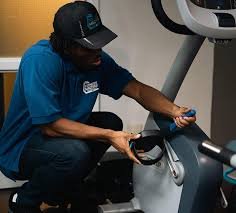

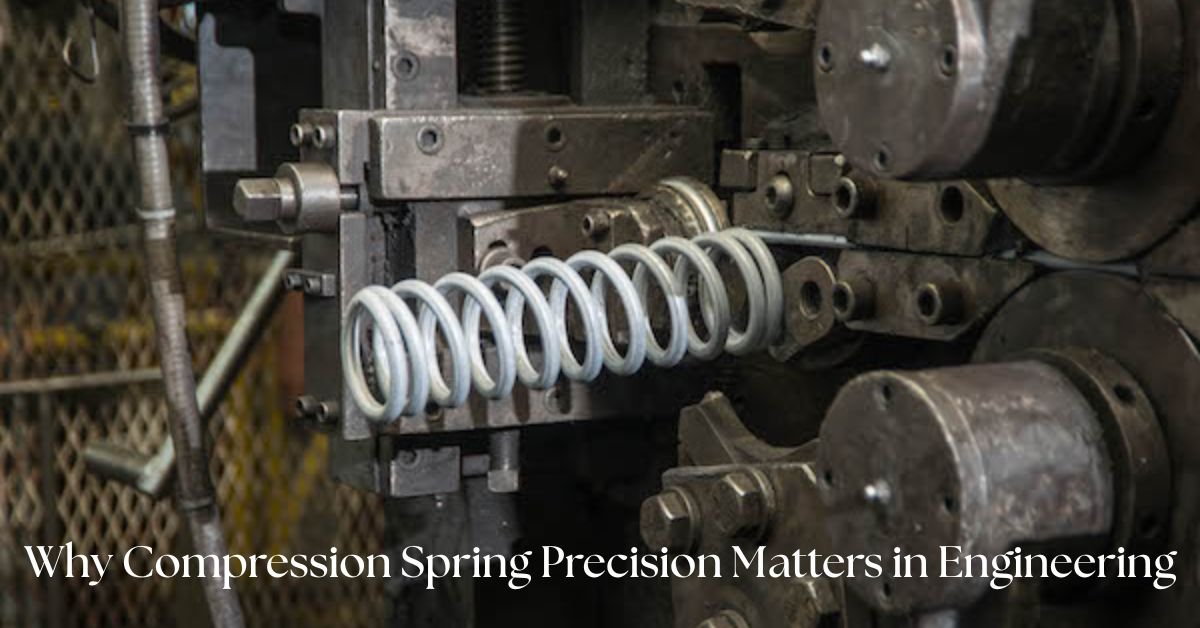

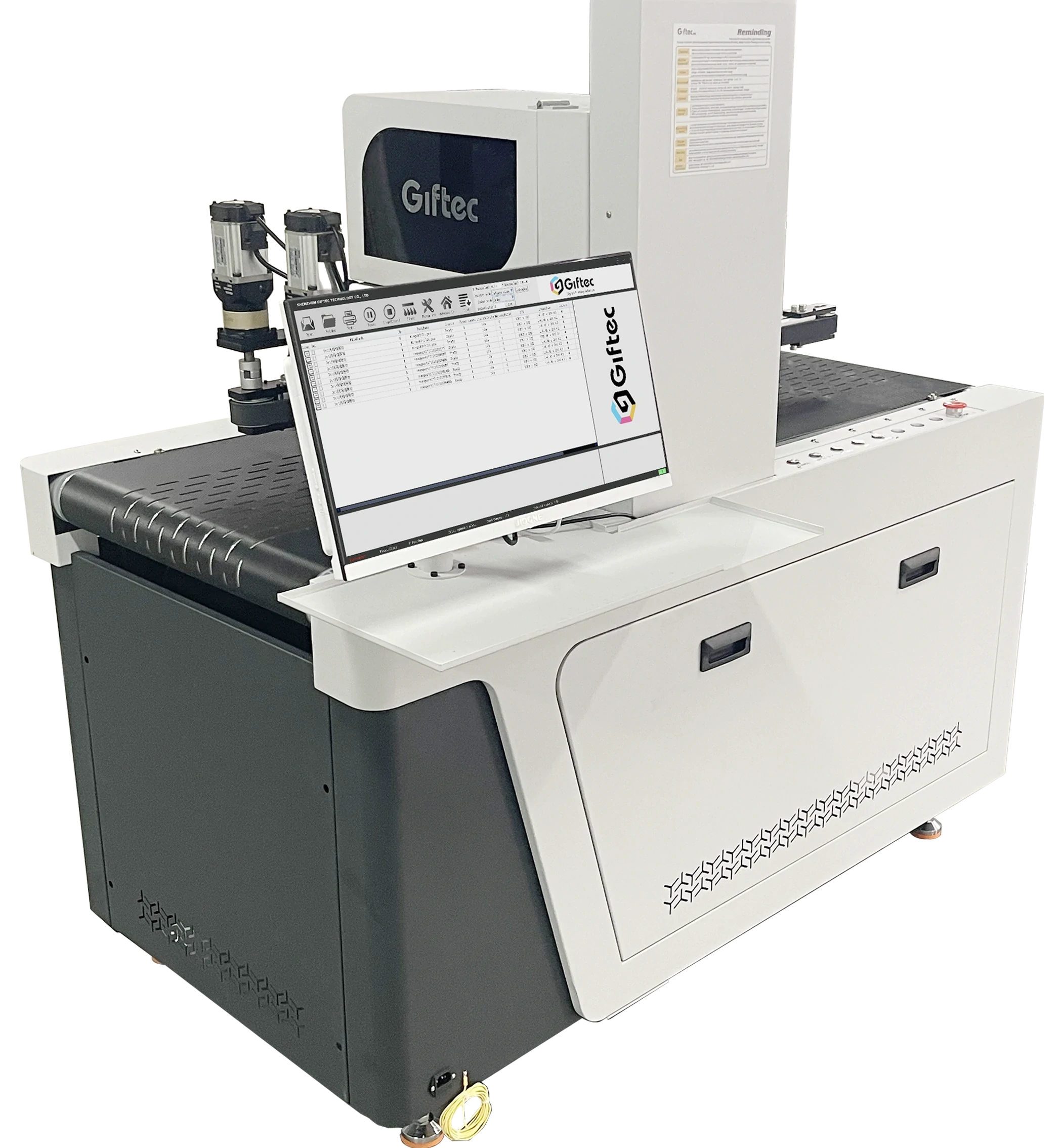
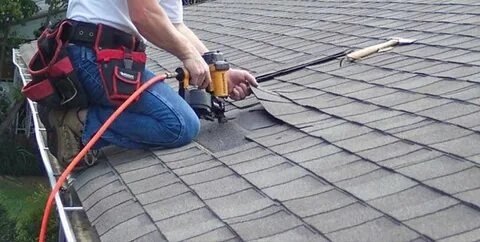
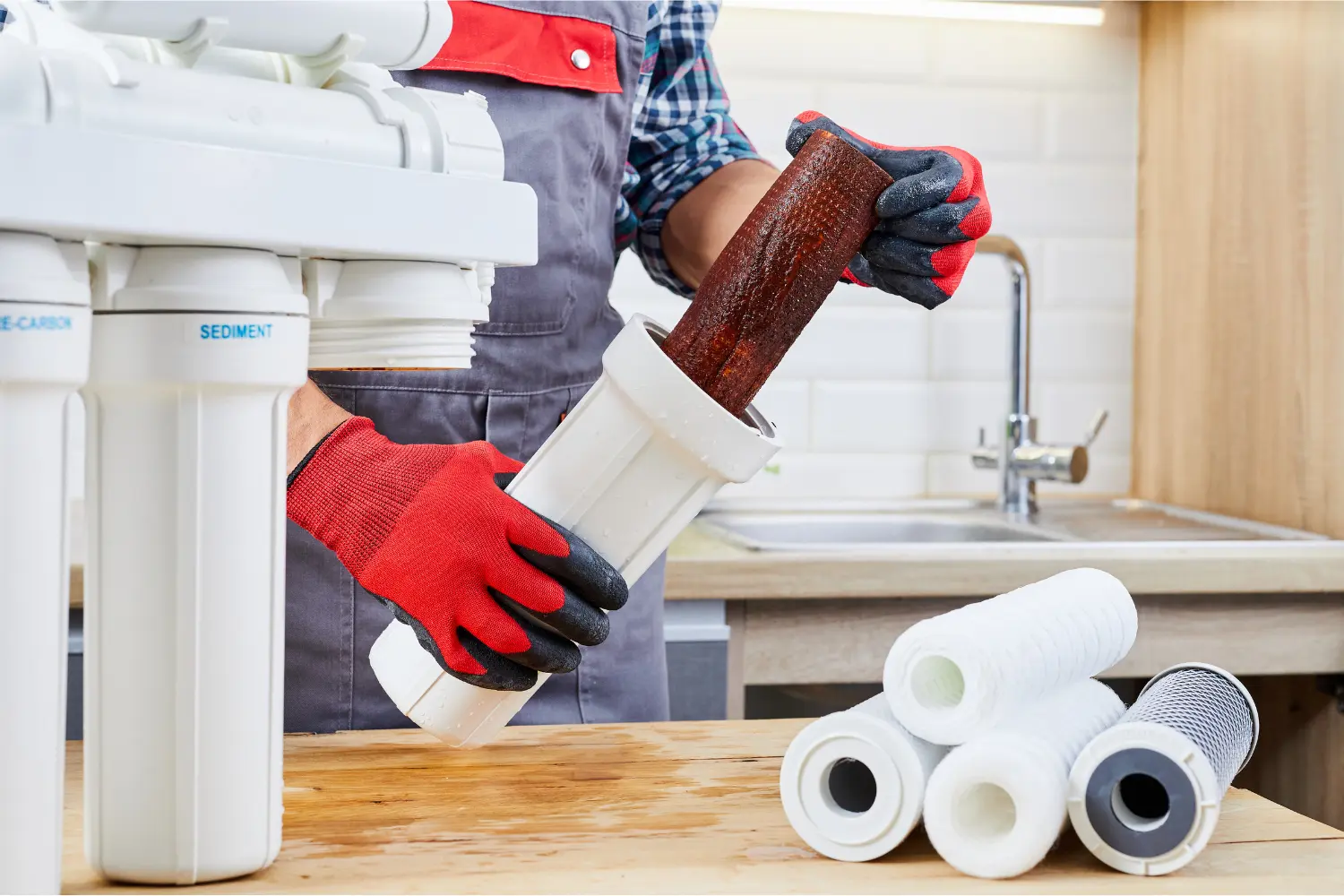




Leave a Reply